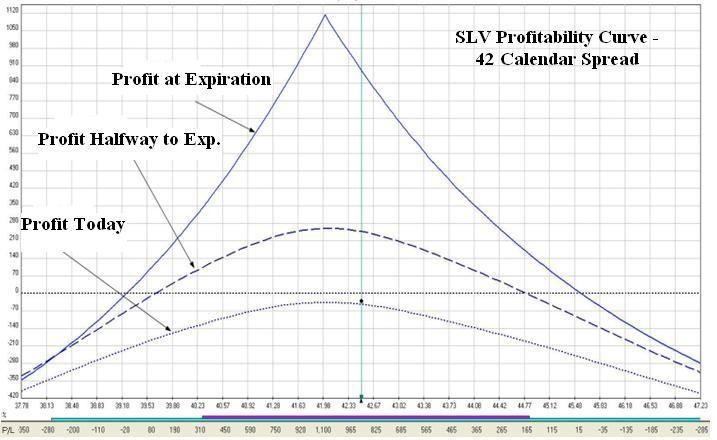Using Options to Protect a Futures Position
Post on: 29 Май, 2015 No Comment

Many traders use protective stop orders to limit the loss of a futures position. Whenever the market price reaches the stop price, so that the open futures position is incurring loss, the stop order is executed at the best possible price, thereby closing the futures position and limiting any further loss. While a useful element of risk management, using stop orders in this way suffers from two major drawbacks: the stop order can be executed at a price significantly worse than the stop price (that is, the stop order is exposed to slippage), and the stop order can prematurely exit a potentially profitable trade (that is, a stop order can be elected only to have the market price subsequently reverse).
As an alternative to the stop order, a trader can consider purchasing options to protect a futures position. Such a strategy does not suffer from the short-comings of the stop order described above. If a trader is long a futures contract, then he can purchase a put option on the futures contract which will provide protection in the event of a market price decline. As the futures price declines, loss will be incurred on the futures position but the put option will increase in value. Conversely, if a trader is short a futures contract, then he can purchase a call option on the futures contract to protect the position in the event of a market price rally.
Wheat Example:
Assume that it is mid May and a trader is long one July wheat futures at 270 cents per bushel and decides to buy a July put option struck at 270 cents per bushel for $450 plus commission and fees. If the price of July wheat is below 270 cents per bushel at the time of the option expiration (mid-to-late June), then the value of the option will exactly offset the loss on the futures contract. The most that the trader will lose is the cost of the option protection or $450 plus commission and fees.
Let’s say that in late May, wheat sells off sharply to 255 cents per bushel, but then bounces back sharply to 290 cents per bushel throughout June. The option will expire worthless and the trader will have a net profit on the futures trade of 20 cents per bushel or $1,000 less the cost of the option purchase and commission and fees. Had the trader decided to use a stop order instead of purchasing a put option, then he would have set a stop order to sell at 261 cents per bushel, since the 9 cent difference is equal to $450 in the wheat market. With the decline in wheat in late May, the futures position would have been stopped out and the trader would have realized a net loss of $450, or possibly more depending upon slippage, plus commission and fees. So, using a protective option rather than a protective stop order was the more profitable scenario.
Pro’s and Con’s of Using Protective Options:
When a trader uses an option to protect a futures position, the full cost of the protection (that is, the cost of the option) is known upfront. In the example described above, this is the most that can be lost in a worse case scenario. In contrast, the loss capped by a stop order can be larger than what was anticipated depending upon market slippage.
When using protective options, the trader is able to maintain a futures position throughout a temporary price reversal, rather than being stopped out as might well happen when using a protective stop order. This eliminates the frustration of having potentially winning positions closed by stop orders that have been elected during brief market corrections, only to have the market subsequently resume its underlying trend.
When purchasing the protective option, the trader initially pays the full premium of the option. Even if the protection is not needed (because futures prices have moved in a favorable direction), this cost is still incurred and this is one drawback to using options rather than a stop order. (There is no cost to using the stop order if prices move favorably so that the order is not executed.) For this reason, relying on protective options is most economical only for short-term trading horizons — under one month. Also, the trader, by using a protective option, will have to pay the commission and other transaction fees associated with the option. Finally, the trader should be aware that, prior to the option’s expiration, the dollar amount movement of the option price may not be equal to the dollar amount movement of the futures contract. The relative dollar amount by which the option changes depends upon several factors such as the option strike price and time to maturity. Nevertheless, at expiration, the option will provide complete protection from market prices beyond the strike price.














